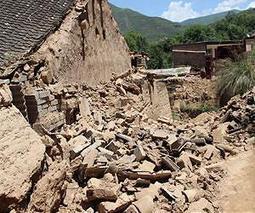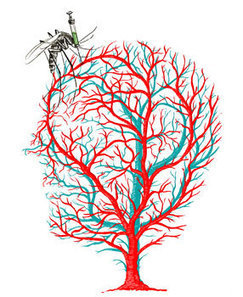Nation puts geospatial data system on the map
Space Daily
China has established a national emergency geospatial data system to provide first-responders with detailed maps within two hours after a disaster, a senior official said.
Research and publish the best content.
Get Started for FREE
Sign up with Facebook Sign up with X
I don't have a Facebook or a X account
Already have an account: Login
A few things the Symbol Research team are reading. Complex Insight is curated by Phillip Trotter (www.linkedin.com/in/phillip-trotter) from Symbol Research
Curated by
Phillip Trotter
 Your new post is loading... Your new post is loading...
 Your new post is loading... Your new post is loading...
|
|















Accurate maps and geospatial data is critical to success of first responders in disaster zones. Good to see China establishing a national system to support first responders.